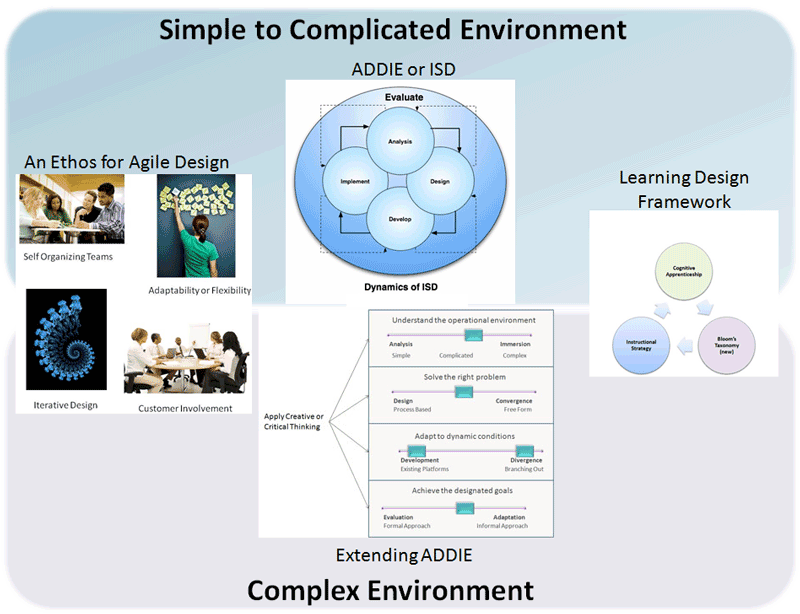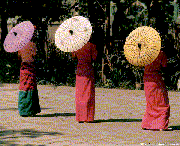Albert Bandura
In the early 1960s, Albert Bandura began a series of writings that challenged the older explanations of imitative learning and expand the topic into what is now referred to as Observational Learning. According to Bandura, observation learning may or may not involve imitation. For example if you see someone driving in front of you hit a pothole, and then you swerve to miss it — you learned from observational learning, not imitation (if you learned from imitation then you would also hit the pothole). What you learned was the information you processed cognitively and then acted upon. Observational learning is much more complex than simple imitation. Bandura's theory is often referred to as “social learning theory” as it emphasizes the role of vicarious experience (observation) of people impacting people (models). Modeling has several affects on learners:
- Acquisition - New responses are learned by observing the model.
- Inhibition - A response that otherwise may be made is changed when the observer sees a model being punished.
- Disinhibition - A reduction in fear by observing a model's behavior go unpunished in a feared activity.
- Facilitation - A model elicits from an observer a response that has already been learned.
- Creativity - Observing several models performing and then adapting a combination of characteristics or styles.
In one of his experiments, twenty-four preschool children were assigned to each of three conditions. One group observed aggressive adult models; a second observed inhibited non-aggressive models; while the control group had no prior exposure to the models. Subjects were then tested for the amount of imitative as well as non-imitative aggression performed in a new situation in the absence of the models. Comparison of the subjects' behavior in the generalization situation revealed that subjects exposed to aggressive models reproduced a good deal of aggression resembling that of the models, and that their mean scores differed markedly from those of subjects in the non-aggressive and control groups. Subjects in the aggressive condition also exhibited significantly more partially imitative and non-imitative aggressive behavior and were generally less inhibited in their behavior than subjects in the non-aggressive condition. From the Transmission of Aggression Through Imitation of Aggressive Models, that was published in the Journal of Abnormal and Social Psychology by Albert Bandura, Dorothea Ross, and Sheila A. Ross (1961, 63, 575-582).
Some of Bandura's other contributions include:
Cuing
Cuing refers to actions that make stimuli more salient and thus more likely to be noticed. Attention can be cued directly, e.g., “Watch this!”, or indirectly by telling your students, “I wonder what will happen when I push this button?” In general, cuing includes the directing of attention through pointing, holding objects up for viewing, telling learners where to look, or asking questions that will cause them to process information and find the appropriate stimulus.
Self-Efficacy
Bandura also researched self-efficacy. This is part of our "self system" that helps us to evaluate our performance. Perceived self-efficacy refers to one's impression of what one is capable of doing. This comes from a variety of sources, such as personal accomplishments and failures, seeing others who are similar to oneself, and verbal persuasion. Verbal persuasion may temporarily convince people that they should try or avoid some task, but in the final analysis it is one's direct or vicarious experience with success or failure that will most strongly influence one's self-efficacy. For example, a coach may fire-up her team before a game by telling the team how great they are, but the enthusiasm will be short-lived if the opposing team is clearly superior. People with high perceived self-efficacy try more, accomplish more, and persist longer at a task than people with low perceived self-efficacy. Bandura speculated that this is because people with high perceived self-efficacy tend to have more control over their environment and therefore experience less uncertainty. Also, one's perceived self-efficacy may not correspond to one's real self-efficacy.
For more on social learning, see Instructional Design — Social Learning and Social Media.



